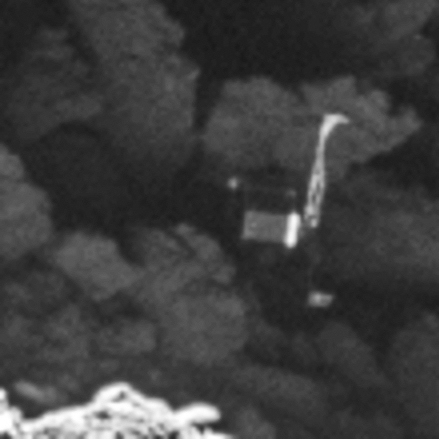Update on the Falcon 9 launchpad explosion investigation
The Wall Street Journal has an interesting article today describing the investigation into last week’s Falcon 9 launchpad explosion, noting especially how — despite participation by the FAA, NASA, and the Air Force — SpaceX will be entirely in charge of the investigation, in accordance with present law.
The article is clearly lobbying for a change, whereby the government would have more power in these investigations. I personally think a change would be a mistake, that the law as it is now is how it should be. It was their rocket that exploded. Their business model depends on their rockets not exploding. Thus, they have the greatest self-interest in fixing the problem. The other outside players might be helpful, but their presence can only in the long run make things more difficult and slow things down, without making anything better.
The Wall Street Journal has an interesting article today describing the investigation into last week’s Falcon 9 launchpad explosion, noting especially how — despite participation by the FAA, NASA, and the Air Force — SpaceX will be entirely in charge of the investigation, in accordance with present law.
The article is clearly lobbying for a change, whereby the government would have more power in these investigations. I personally think a change would be a mistake, that the law as it is now is how it should be. It was their rocket that exploded. Their business model depends on their rockets not exploding. Thus, they have the greatest self-interest in fixing the problem. The other outside players might be helpful, but their presence can only in the long run make things more difficult and slow things down, without making anything better.

